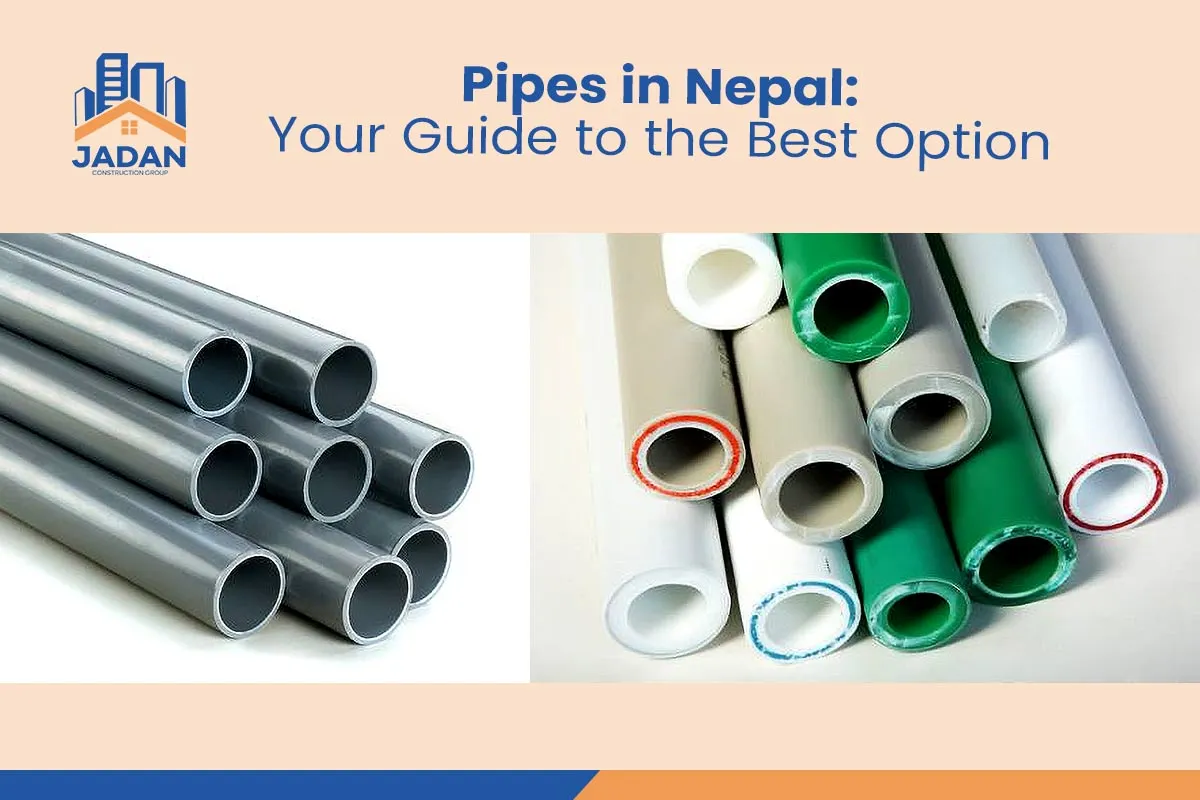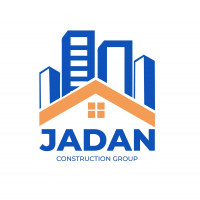Choosing the Right Pipes for Your Nepali Home: Top Tips

Strong 8k brings an ultra-HD IPTV experience to your living room and your pocket.
When building or renovating your home in Nepal, it’s easy to get caught up in choosing the right paint colors, flooring materials, or even the kitchen layout. But beneath the surface, one of the most crucial decisions you’ll make involves something that’s not immediately visible—your pipes.
Yes, pipes. These hidden components of your home are responsible for carrying clean water in and wastewater out. They make showers comfortable, kitchens functional, and toilets usable. Choosing the wrong type of pipe can lead to leaks, corrosion, poor water pressure, or even long-term structural damage. But don’t worry—this guide will walk you through everything you need to know, in simple terms, so you can make the best choice for your home in Nepal.
Why Pipes Are More Important Than You Think
Pipes are not just hollow tubes hidden inside your walls. They are the lifelines of your home. If they fail, the problems can range from annoying drips to full-blown water damage. That's why selecting the right piping system is one of the most important decisions during home construction or renovation.
The right pipes provide long-lasting performance, resist corrosion, and maintain good water quality. On the other hand, poor-quality or improperly installed pipes can lead to leaks, high maintenance costs, and even health hazards due to water contamination.
Types of Pipes Commonly Found in Nepali Homes
Let’s break down the most common types of pipes used in Nepali households and what makes each of them unique.
PVC Pipes (Polyvinyl Chloride)
PVC pipes are among the most popular choices in Nepal for water supply and drainage systems. They are lightweight, affordable, and easy to work with. These pipes are mainly used for cold water lines and waste lines.
However, PVC isn’t suitable for hot water. It can warp or break down over time if exposed to high temperatures, so it’s not a good option for kitchens or hot showers.
CPVC Pipes (Chlorinated Polyvinyl Chloride)
If you need a pipe that can handle both hot and cold water, CPVC is a solid choice. It’s a step up from PVC, offering better temperature resistance and durability. It’s often used in kitchens, bathrooms, and hot water systems.
While it’s slightly more expensive than PVC, the added performance and versatility make it worth considering for most modern homes.
PPR Pipes (Polypropylene Random Copolymer)
PPR pipes are gaining popularity in Nepal for residential and commercial water supply systems. They’re known for their strength, thermal insulation, and long life—often lasting 50 years or more when properly installed.
These pipes are ideal for both hot and cold water. They form leak-proof joints through a fusion process, making them highly reliable. However, installation may require specialized welding tools.
GI Pipes (Galvanized Iron)
Galvanized iron pipes were once the standard for water lines in Nepal. They are still used occasionally in outdoor plumbing or in older homes. They’re tough and can withstand physical pressure, but they tend to rust over time, especially when exposed to moisture.
This rusting can affect water quality and lead to internal blockages, so GI pipes are usually not recommended for modern homes—especially not for drinking water.
HDPE Pipes (High-Density Polyethylene)
These are highly flexible pipes used for underground water supply and irrigation systems. They are especially useful in areas where ground movement or shifting is common. HDPE pipes are resistant to cracks and can handle both pressure and impact well.
However, because they require heat fusion for joining, they’re not the most convenient choice for indoor plumbing. But for external or underground applications, they’re a great fit.
How to Choose the Right Pipe for Your Home
With so many options available, choosing the right pipe might feel overwhelming. But it doesn’t have to be. Here are some key factors to keep in mind:
Think About the Purpose
Different parts of your home will need different types of pipes. For example, the bathroom will likely require pipes that can handle hot water, while the drainage system needs durable but low-cost options. Make sure the type of pipe fits the job it's intended for.
Consider Water Temperature
If your home uses hot water in kitchens or bathrooms, make sure to choose pipes like CPVC or PPR that can handle higher temperatures. Using PVC for hot water is a common mistake that can lead to premature failure.
Longevity and Maintenance
No one wants to deal with leaking pipes or costly repairs a few years after building a home. PPR pipes, although more expensive upfront, offer better long-term value due to their durability. Even if you’re on a tight budget, investing in better-quality pipes now can save you more in maintenance down the road.
Water Pressure Needs
Multi-story homes often deal with higher water pressure. Not all pipe materials can handle this equally well. CPVC and PPR perform better under pressure compared to basic PVC or GI pipes.
Ease of Installation
PVC and CPVC pipes are relatively easy to install and can be handled by most plumbers. PPR and HDPE may require special tools and expertise. While this may increase the initial cost, it usually results in a better and longer-lasting installation.
Budget Wisely
Price is always a concern in any construction project. While it's tempting to go for the cheapest materials, it's crucial to consider long-term performance. Pipes are not something you want to replace every few years, so consider them a long-term investment rather than a short-term expense.
Common Pipe Mistakes to Avoid
Even with the right materials, poor planning or installation can lead to problems. Here are some common pipe-related mistakes to avoid during construction:
- Choosing the wrong pipe for hot water systems
- Poor sealing or jointing, leading to leaks
- Not testing the system before covering pipes with tiles or walls
- Using old or rust-prone pipes for drinking water
- Overlooking local climate factors like freezing temperatures
- Avoiding these mistakes will save you time, money, and a lot of future headaches.
Where to Buy Pipes in Nepal
Buying the right pipes is just as important as choosing the type. Always go for a trusted supplier who offers certified products. Look for brands that provide warranties and clear installation guidelines.
Many homeowners rely on their contractor or plumber for purchasing, but doing a bit of your own research ensures you’re not cutting corners. For an in-depth breakdown of options and reliable recommendations, check out this helpful article on the best pipes in Nepal.
Final Thoughts
When it comes to building a safe, durable, and comfortable home in Nepal, the importance of choosing the right pipes cannot be overstated. From water supply to waste disposal, your home’s plumbing system does a lot of heavy lifting behind the scenes.
By understanding the basic pipe types and how they fit your specific needs, you’ll be better equipped to make smart, informed decisions. Remember, it’s not just about choosing what’s cheapest or most available—it’s about finding the right balance between cost, durability, and safety.
Talk to your builder or plumber, ask questions, and don’t hesitate to invest in quality materials. A good piping system is something you rarely see—but when done right, it’s something you’ll never have to worry about.
Note: IndiBlogHub features both user-submitted and editorial content. We do not verify third-party contributions. Read our Disclaimer and Privacy Policyfor details.


